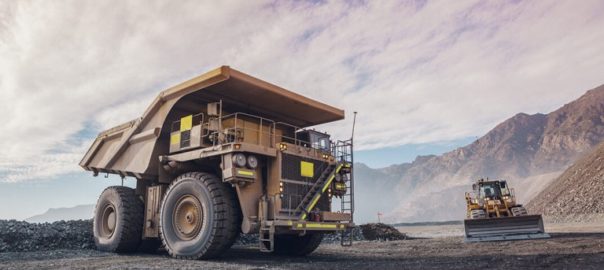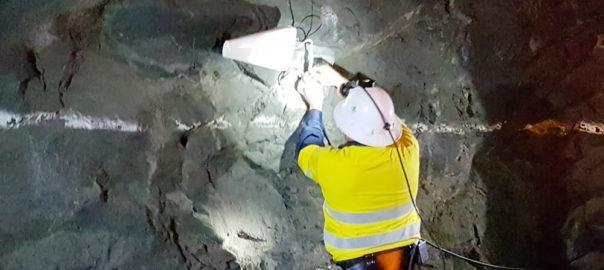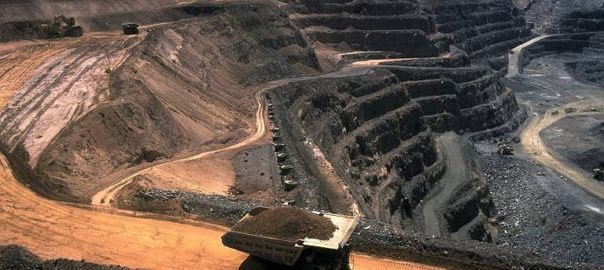The Kamoa-Kakula copper project in the Democratic Republic of the Congo will continue to enjoy high-speed satellite-based connectivity services as part of a new agreement between Ivanhoe Mines and SES, SES says.
The enhanced partnership builds on an existing five-year relationship between SES and Ivanhoe Mines and comes at a time of significant investment in low-latency, high-capacity solutions in the region, the company added.
The O3b constellation is powering connectivity for mining operators, driving a digitalisation revolution for the sector that is helping to increase profitability while improving worker safety and accountability, according to SES. “This model enables operators to cost effectively scale connectivity as needed throughout the lifecycle of a mine, ensuring assets have the right amount of bandwidth at any given time to meet digitalisation requirements,” it said.
Caroline Kamaitha, Vice President, Sales Africa at SES, said: “We’re proud to continue delivering reliable high-speed connectivity to DRC’s mining industry through our O3b high-throughput and low-latency connectivity services, enabling mining companies to implement new services and applications that will improve workers’ safety, digitalise operations and maximise profitability through increased agility and automation.”
Anil Udayabhanu, Head of Technology at Kamoa Copper, said: “Our long-standing partnership with SES has already helped us to improve the profitability of our extraction, and supported our goal of improving the safety and welfare of all of our staff. In addition to that, O3b connectivity services will also help us leverage the latest applications, communicate in real time and maximise our productivity.”













